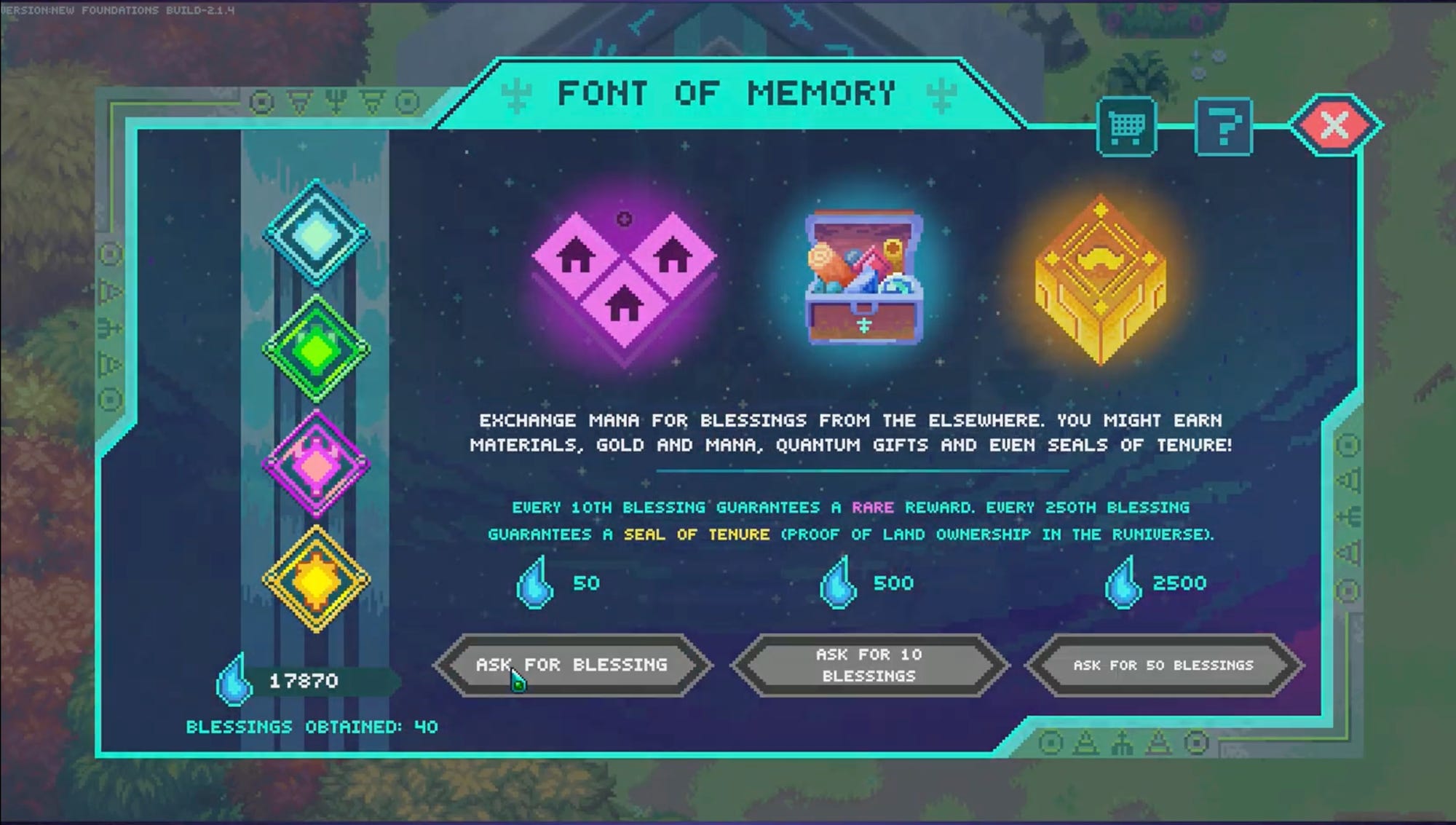Asik Cloud Insights
Your gateway to the latest trends in technology, cloud computing, and digital innovation.
Player-Driven Item Exchanges: The New Frontier of Gaming Economy
Discover how player-driven item exchanges are revolutionizing the gaming economy and creating new opportunities for gamers!
Understanding Player-Driven Item Exchanges: How Gamers Shape the Economy
Understanding Player-Driven Item Exchanges is crucial for grasping how gamers influence the virtual economy. In many online games, players trade items, currency, and resources, creating a dynamic market often independent of game developers’ controls. Such economies can mirror real-world principles; supply, demand, and player behavior drive value. For instance, rare items can become highly sought after, leading to inflated prices, while common items may plummet in value due to oversaturation. Gamers actively engaging in this player-driven ecosystem help cultivate a rich exchange culture, establishing norms and practices that govern how items are bought, sold, or traded.
This player-driven marketplace not only empowers gamers but also presents unique challenges. Developers must balance the in-game economy to prevent inflation or stifle exploitation. Strategies like introducing new items, adjusting drop rates, or implementing anti-cheat measures can help regulate the market. Furthermore, player-driven economies encourage community interaction and competition, giving rise to player guilds, trading forums, and even dedicated marketplaces. Understanding the intricacies of player-driven item exchanges highlights the profound impact of gamers on the overall game experience and economy.

Counter-Strike is a popular tactical first-person shooter game that has captivated millions of players worldwide. The game's intense gameplay revolves around two teams, Terrorists and Counter-Terrorists, competing to achieve objectives like bomb planting or hostage rescue. If you're looking to enhance your gaming experience, don't forget to check out the daddyskins promo code for exciting in-game items!
The Benefits and Risks of Player-Driven Item Exchanges in Gaming
Player-driven item exchanges in gaming offer a range of benefits that can enhance the overall gaming experience. First and foremost, these exchanges foster a sense of community among players, allowing them to connect and collaborate. Players can trade rare items acquired through gameplay, thus establishing a vibrant market within the game. This dynamic not only increases player engagement but also elevates the value of in-game assets, making them more meaningful. Furthermore, such exchanges can contribute to the game's economy, creating opportunities for players to earn real-world money through their in-game activities.
However, there are also significant risks associated with player-driven item exchanges that cannot be overlooked. One major concern is the potential for fraud and scams, where players may fall victim to deceptive practices and lose valuable items. Additionally, these exchanges can lead to an imbalance in game dynamics, as players with more resources may monopolize trades, adversely affecting newcomers. Developers must find a way to regulate these practices and ensure fair play while maintaining the integrity of the game's environment.
Is Player-Driven Item Exchange the Future of In-Game Economies?
The concept of player-driven item exchange is revolutionizing the way in-game economies function. Unlike traditional systems that rely heavily on fixed prices and NPC traders, player-driven exchanges empower gamers to set their own prices based on supply and demand. This not only enhances user engagement but also mirrors real-world economic principles, fostering a sense of ownership and investment in the gaming environment. As players craft unique items and discover valuable resources, they create a dynamic marketplace that can adapt to trends and preferences, creating a more immersive experience.
Moreover, the rise of player-driven item exchange could signal a significant shift in how developers approach in-game monetization. With players taking an active role in the economy, there is less reliance on microtransactions and more emphasis on collaboration and trade among players. This transition offers potential benefits, such as increased player retention and community building, as gamers are often eager to interact. If executed correctly, player-driven item exchange could very well define the future landscape of gaming, balancing profit motives with user satisfaction.